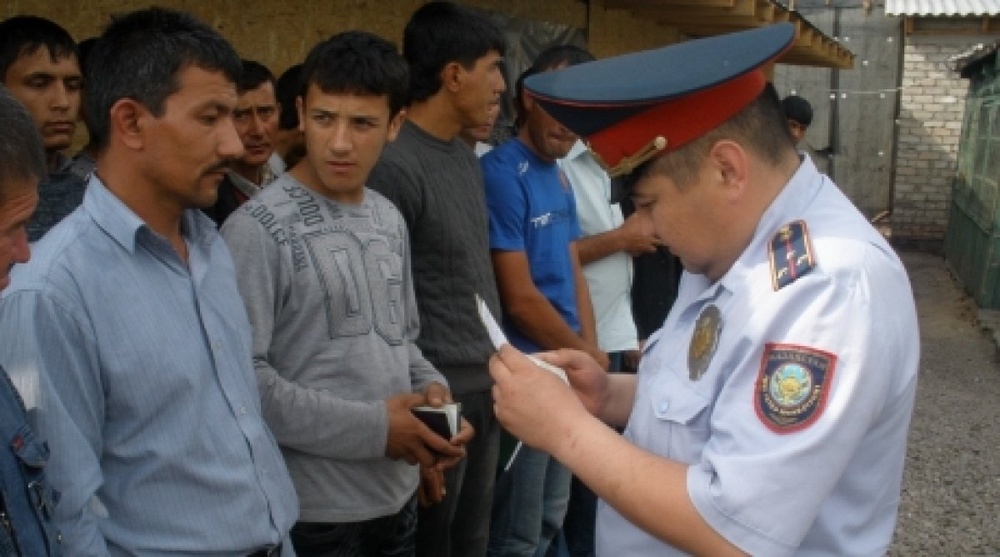
At least 0.57 percent of Kazakhstan's GDP or $1.1 billion per year comes from labor migrants, KazTAG reports citing a review of the Economic and Social Commission for Asia and the Pacific (ESCAP). “The net earnings from migrants for Kazakhstan’s economy made at least 0.57 percent of the GDP or $1.1 billion per year, even with the assumption that the workers transfer all their profits back to their countries,” the presentation called ESCAP Review of Economic and Social Situation in the Asian-Pacific regions-2013 said. Meanwhile, the labor migrants spend part of their earnings in the host country, creating a demand for food, accommodation, healthcare services, entertainment and a broad range of commercial service. “As a result, the cumulative demand is increasing which again generates more GDP,” the document said. ESCAP was established by the United Nations in 1947 to promot economic development of the region. ESCAP member-countries include 28 Asia-Pacific countries, as well as Great Britain, the Netherlands, the U.S. and France. The Council of Ministers for Asian Economic Cooperation, the Asian Industrial Development Council, Asian Institute for Economic Development and Planning and Asian Statistics Institute are functioning as part of ESCAP.





At least 0.57 percent of Kazakhstan's GDP or $1.1 billion per year comes from labor migrants, KazTAG reports citing a review of the Economic and Social Commission for Asia and the Pacific (ESCAP).
“The net earnings from migrants for Kazakhstan’s economy made at least 0.57 percent of the GDP or $1.1 billion per year, even with the assumption that the workers transfer all their profits back to their countries,” the presentation called ESCAP Review of Economic and Social Situation in the Asian-Pacific regions-2013 said.
Meanwhile, the labor migrants spend part of their earnings in the host country, creating a demand for food, accommodation, healthcare services, entertainment and a broad range of commercial service. “As a result, the cumulative demand is increasing which again generates more GDP,” the document said.
ESCAP was established by the United Nations in 1947 to promot economic development of the region. ESCAP member-countries include 28 Asia-Pacific countries, as well as Great Britain, the Netherlands, the U.S. and France. The Council of Ministers for Asian Economic Cooperation, the Asian Industrial Development Council, Asian Institute for Economic Development and Planning and Asian Statistics Institute are functioning as part of ESCAP.


 +7 (777) 001 44 99
+7 (777) 001 44 99















































